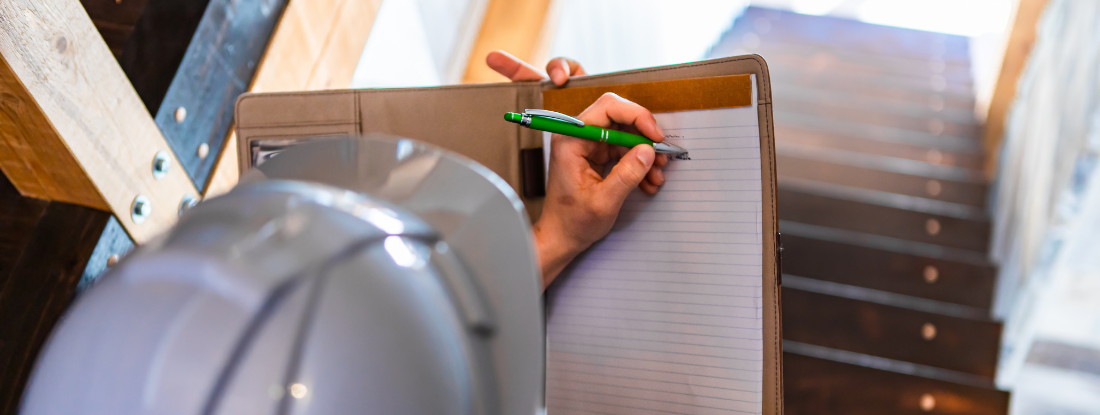Guidance on What to Do After Mold Remediation
Guidance on What to Do After Mold Remediation
Blog Article
Effective Article Mold And Mildew Removal Solutions for Your Home
Mold and mildew growth in homes can be a relentless issue, often needing a systematic technique for effective post-remediation options. From understanding the variables that contribute to mold and mildew development to carrying out correct cleaning strategies and moisture control actions, the process can be complex yet vital for maintaining a healthy and balanced living environment. After mold remediation.
Understanding Mold Development Factors
Mold growth is affected by a range of aspects that are important to comprehend in order to successfully deal with and prevent its expansion. Understanding these elements is important in carrying out effective mold and mildew remediation techniques. The main factor adding to mold development is dampness. Mold and mildew spores call for moisture to flourish and germinate, making damp or moist atmospheres extremely prone to mold and mildew problems. Poor air flow can additionally bring about moisture build-up, developing an optimal reproduction ground for mold and mildew.

Furthermore, air flow and light exposure can affect mold and mildew growth. Locations that lack appropriate ventilation and natural light are much more vulnerable to mold advancement. By addressing these aspects comprehensively, individuals can properly reduce mold and mildew development and protect their living settings.
Proper Mold Cleansing Techniques
Using reliable cleansing techniques is essential in attending to and preventing the reoccurrence of mold and mildew contamination in interior environments. When handling mold and mildew, it is critical to focus on safety by using protective equipment such as masks, gloves, and goggles. The primary step in appropriate mold and mildew cleansing is to contain the affected area to avoid the spread of spores to unpolluted areas. This can be achieved by securing off the space and using air scrubbers or negative air equipments to maintain air top quality.

Applying Moisture Control Steps
To successfully avoid mold development and contamination in indoor settings, applying check it out moisture control measures is critical. Additionally, ensuring proper air flow in locations vulnerable to moisture buildup, such as restrooms and kitchens, can help lower the danger of mold and mildew development. By carefully applying these moisture control steps, property owners can properly decrease the possibility of mold recontamination and preserve a healthy interior atmosphere.
Utilizing Natural Removal Solutions
After successfully implementing moisture control actions to protect against mold and mildew development in interior atmospheres, home owners can currently discover the performance of all-natural removal services in keeping a healthy and balanced living area. All-natural removal options utilize ecologically friendly techniques to fight mold and mildew, making them a prominent selection for those seeking non-toxic options. By including these all-natural remediation options right into their cleansing routines, homeowners can effectively battle mold growth while promoting a healthier indoor atmosphere for themselves and their family members.

Maintaining a Mold-Free Environment
In order to prevent mold and mildew reoccurrence and make sure a regularly mold-free atmosphere, it is essential for property owners to execute aggressive upkeep techniques. Frequently evaluating locations prone to mold and mildew growth, such as washrooms, cellars, attics, and kitchen areas, is essential. Addressing any kind of leaks, water damages, or excess dampness without delay can dramatically lower the threat of mold advancement. After mold remediation. Appropriate air flow in locations with high humidity levels is additionally crucial to stopping mold development. Using dehumidifiers or exhaust followers can assist preserve optimum dampness levels and dissuade mold spores from prospering.
Furthermore, keeping cleanliness in the home is important for mold link and mildew avoidance. Keeping interior plants in check and making certain proper drainage in exterior landscaping can decrease dampness accumulation, lowering the possibility of mold and mildew infestations.
Final Thought
In verdict, it is necessary to deal with mold and mildew development variables, use correct cleaning methods, carry out wetness control steps, use all-natural remediation services, and maintain a mold-free atmosphere in order to properly manage blog post mold removal in your house - Post Mold Remediation Report. By adhering to these approaches, you can avoid mold from persisting and make sure a healthy and balanced living environment for you and your household
The main aspect adding to mold and mildew development is dampness. Mold and mildew spores call for moisture to sprout and flourish, making damp or moist atmospheres very susceptible to mold invasions.To properly prevent mold and mildew development and contamination in indoor settings, executing moisture control measures is critical. Furthermore, ensuring appropriate ventilation in locations prone to moisture buildup, such as restrooms and cooking areas, can help minimize the threat of mold and mildew development.After efficiently carrying out dampness control actions to avoid mold development in interior settings, property owners can currently check out the efficiency of natural removal services in maintaining a healthy and balanced living room.
Report this page